How I Built a DIY Gel Holder for the Godox AD300 Pro Flash
![]()
I purchased some of the new compact and foldable Godox softboxes (e.g. AD-S60S, AD-S65W, AD-S85S, etc) for my Godox AD300 Pros. They work just fine but I wanted to use the magnetic color gels from my AK-R1 kit with them, so I decided to design my own gel holder compatible with the AD300 Pro.
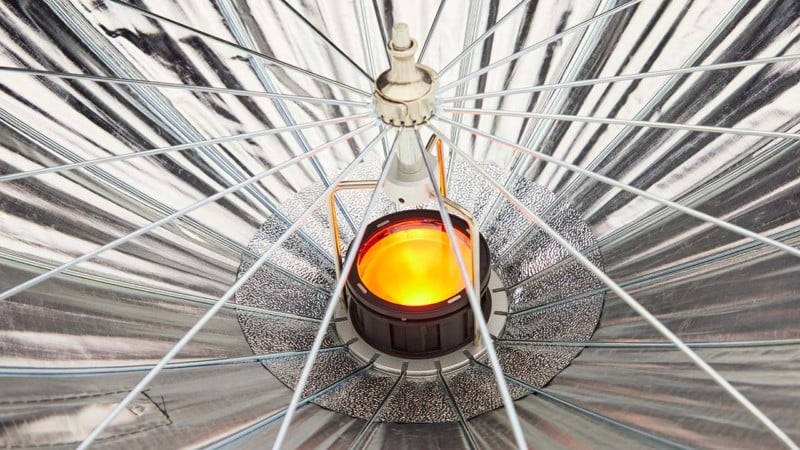
I made a couple of prototypes until I came up with this idea.
Building the DIY Gel Holder
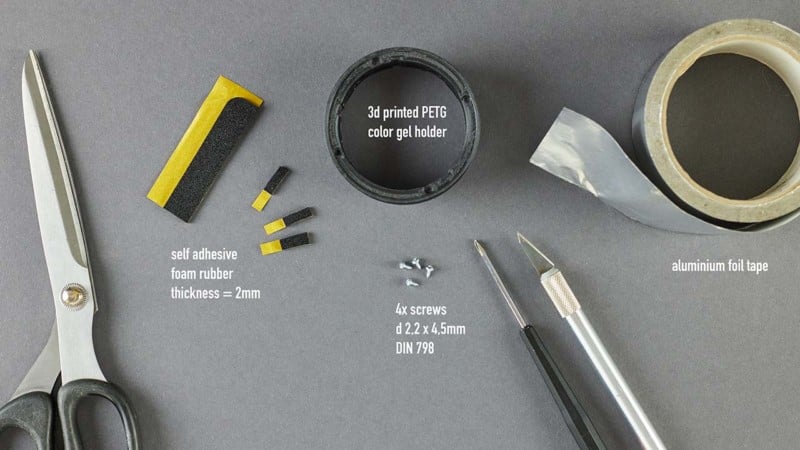
I printed it from black PETG because it needs to be a little bit flexible! You will also need 4x small wood screws (d2.2 x 4.5mm DIN798). Don’t use stainless steel, they need to be magnetic. Some self-adhesive foam rubber and aluminum foil tape for the interior of the gel holder.
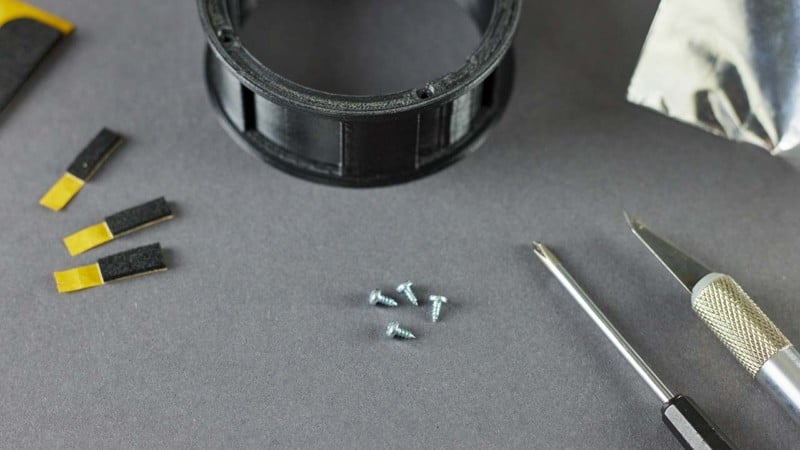
Cut small strips of foam rubber and put it into the 3 slots. After that just cover everything with the aluminum foil tape and use a knife to cut out the venting holes for the glass dome – very important!
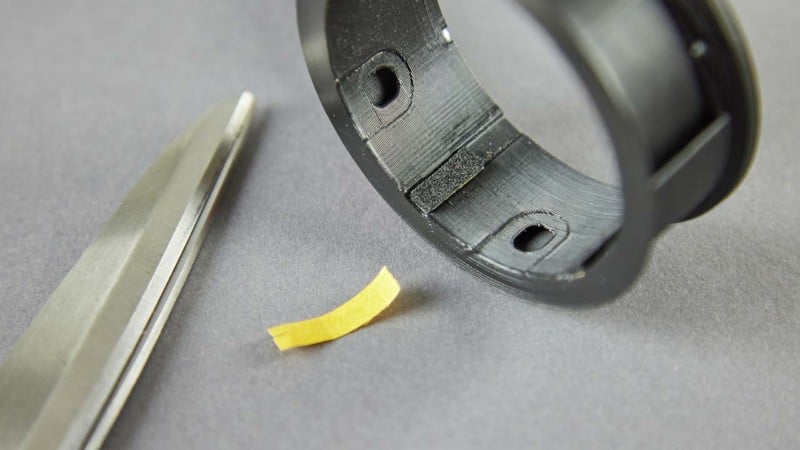

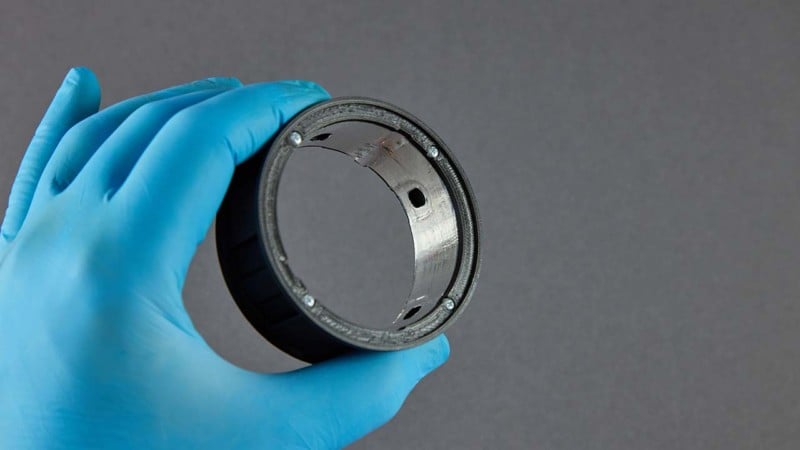
How to Install the Gel Holder
1. Locate the small hole shown below and insert the gel holder between these two rods (these two are more spaced apart).
![]()
2. Twist the gel holder – it needs some force until it looks like in picture 2. Now you can attach the flash to the softbox and align the gel holder with the venting holes in the glass dome.
![]()
3. Add the magnetic filter and you are done.
![]()
![]()
Here’s the video walkthrough of the installation process:

My main idea was to easily use color gel filters for the foldable Godox mount softboxes, but of course you can use the DIY gel holder also without the softbox and directly with your AK-R1 Kit accessories.
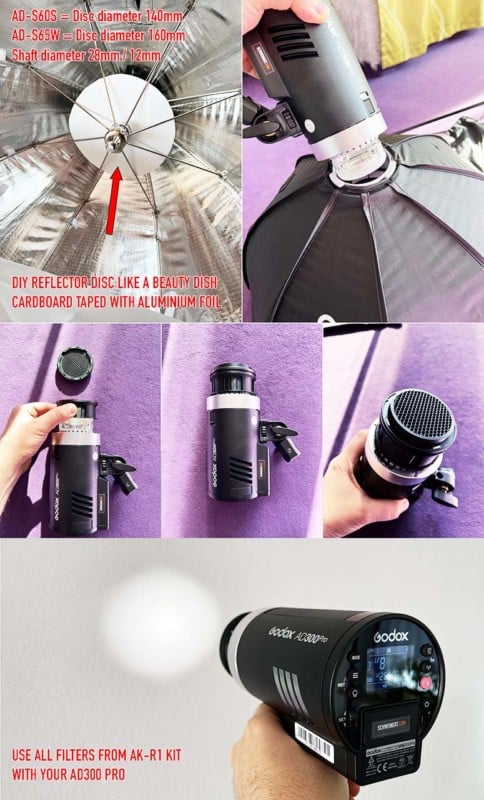
About the author: Daniel Schweinert is a director of photography, tech nerd, and maker. The opinions expressed in this article are solely those of the author. You can find more of Schweinert’s work on his website, Instagram, Vimeo, and YouTube. This article was also published here.